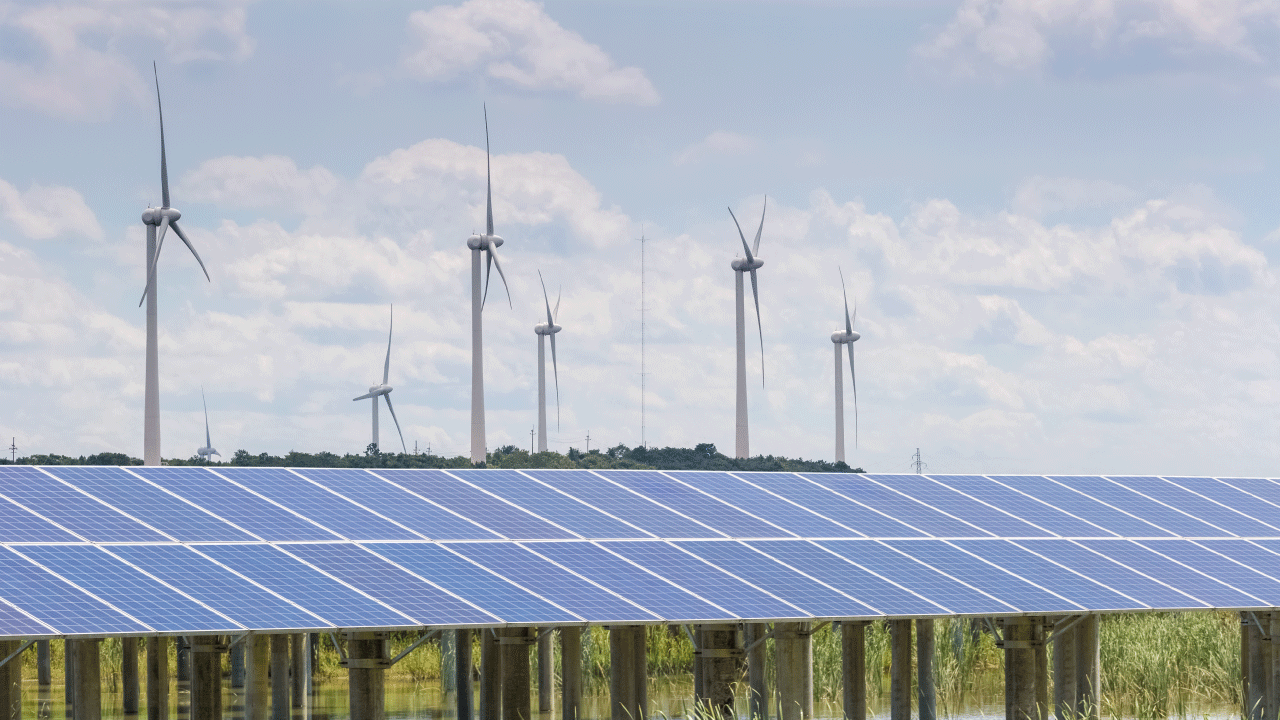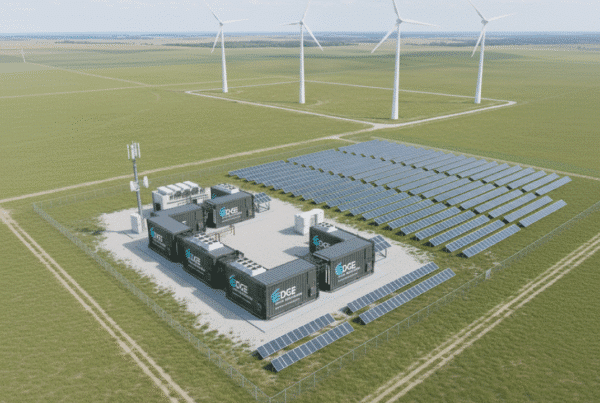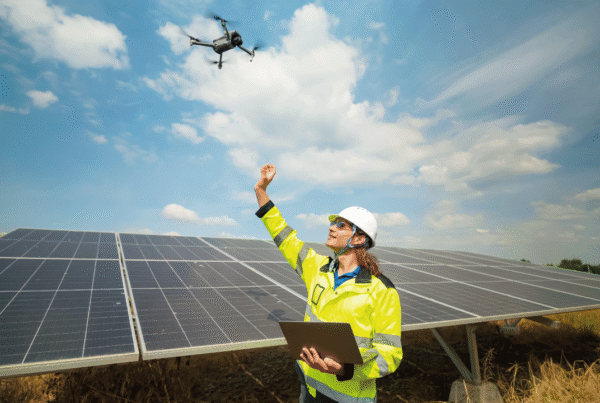
The acronym BYOP, which stands for Build Your Own Power, encompasses the idea that homes, businesses, and communities can produce and manage their own electricity. In practice, BYOP mainly translates into self-consumption installations based on renewable technologies—especially solar photovoltaic—combined with storage, management, and monitoring systems to align generation with actual consumption.
The technical foundation of BYOP is straightforward: solar panels convert sunlight into direct current electricity; an inverter transforms that into alternating current usable by household appliances and the grid; and batteries store surplus energy for later use. Additionally, control systems optimize when to consume self-generated energy, when to store it, and when to feed it back into the grid. The specific setup varies depending on demand, available space, tariff structure, and local regulations.
The practical benefits are numerous. Economically, self-consumption reduces dependence on grid electricity purchases and allows for medium-term return on investment through savings on energy bills. Environmentally, replacing fossil fuel-based energy with self-generated solar power reduces CO₂ emissions and the overall energy footprint. Moreover, BYOP enhances resilience against outages or supply instabilities when combined with storage and smart energy management.
When planning a BYOP project, it’s important to analyze several key aspects: consumption profile (peak hours, maximum power demand), the orientation and tilt of the site for solar generation, the potential for shared self-consumption in communities or industrial parks, and any regulatory limitations or incentives. It’s also crucial to assess battery size and chemistry based on expected usage cycles, inverter compatibility with grid services, and the option to integrate home energy management systems to prioritize electric vehicle charging or critical loads.
Design strategies can vary: maximizing self-sufficiency with larger batteries and generation capacity, prioritizing economic return with systems sized to cover peak consumption hours, or combining self-consumption with surplus energy sales when regulations and market conditions are favorable. In many cases, hybrid solutions with time- and tariff-based management optimize financial returns without compromising supply security.
Technological advancements and cost reductions have made BYOP more accessible today than a decade ago. Photovoltaic panels, inverters with monitoring capabilities, and home batteries have improved in performance and lifespan, while digital tools make it easier to simulate system behavior before installation. This simplifies decision-making and allows for realistic payback period calculations based on local energy prices and consumption patterns.
However, not all implementations are equal. A thorough preliminary study helps avoid oversizing or underutilized systems. Equipment quality, warranties, maintenance, and proper electrical integration are critical to achieving expected savings and ensuring safety. Likewise, understanding regulatory frameworks—such as surplus compensation, taxes, and connection procedures—is essential to ensure the technical and economic viability of the project.
Finally, BYOP carries a social and strategic dimension: decentralizing energy generation contributes to a more flexible and participatory electricity system, facilitates the electrification of transport and heating, and can foster collaborative models in residential communities or industrial zones. For those who value autonomy, sustainability, and control over their energy use, BYOP offers a real and growing alternative—provided it is based on sound technical design and a thorough cost-benefit analysis.
——————————————–
Learn more about the renewable energy sector on the Univergy Solar blog.







